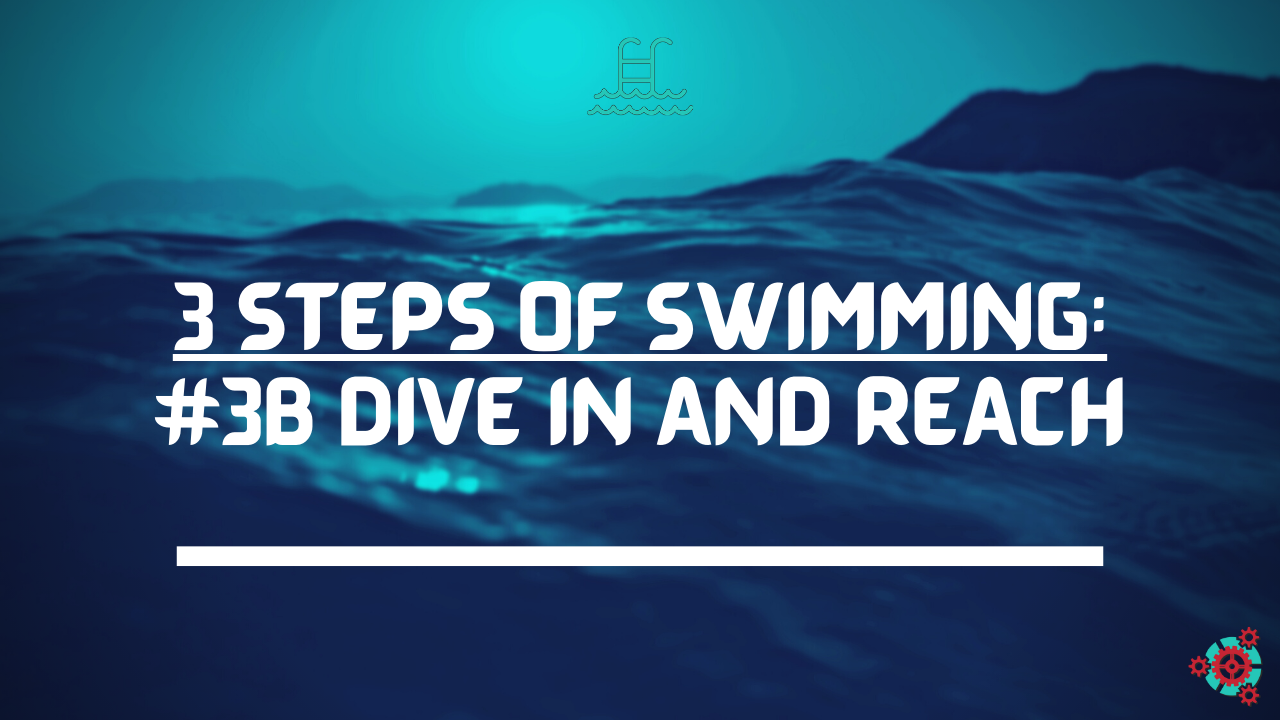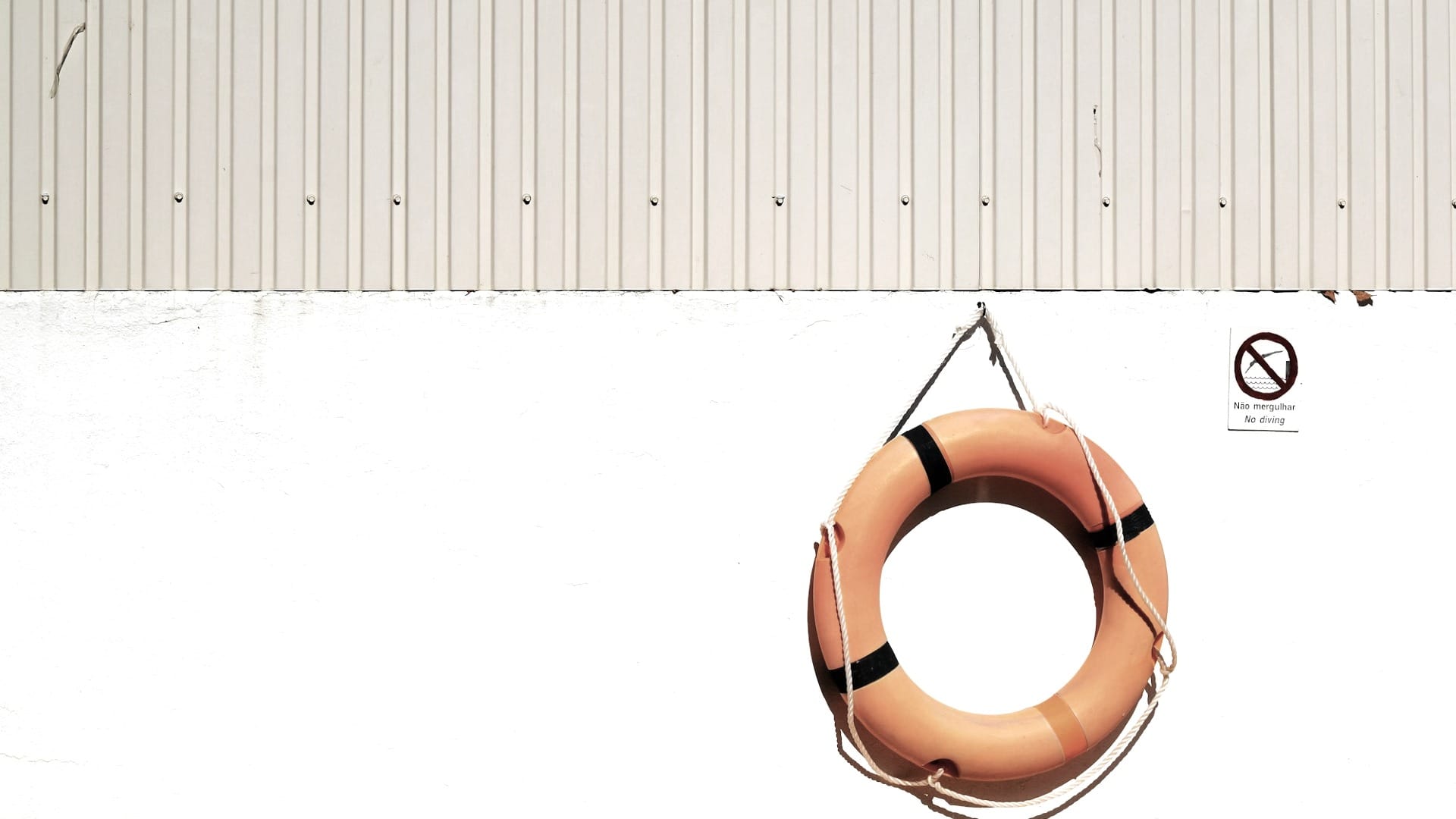It is like you’re a bunch of loose screws, and as your instructor I’m the screwdriver tightening them up.
This is one of the most important steps/newsletters out of all of them, but it is also one of hardest to grasp. The way you move your arms is effected by many factors, from your flexibility to your consistency of doing the first two steps even.
Why + Philosophy:
I find that most students have a hard time NOT smacking the water, which is one of the key points to the A-side of the 3rd part of the Three Steps. The “Arms out of the water, diving back in” for those that didn’t recall.
Meaning that unless you do that part really well, then this b-side step isn’t going to help as much. Unlike the other two steps where if you kick consistency, but not straight. Or if you put your chin down, but not face down. Weird I know, but if you do those B-side steps; Then the effect that those A-side steps can still technically be reached. You won’t kick well or fast, and your neck is going to start to hurt because you’re holding at a weird angle, but they will technically do the trick for a few seconds.
However if you try to do the b-side to the third step, and just reach and pull. You will really not achieve nearly the same level of movement. Some may disagree if they are swim team, but I’ve watched in myself and others for nearly a decade.
How + Physics:
Using when just reaching out the arm hasn’t entered the water yet, which means the entirety of your arm is now fighting the surface tension. Rather than just your finger tips, and there lies a ton of wasted energy. It is honest way worse than just smacking your hands by themselves, and the cause is simply the swimmer is skipping a step by going straight into the reach out part.
If you make sure you dive in, then reach out, then you allow for your arm to pull the maximum amount of water. While bypassing the surface tension issue.
I have the “pull” portion of this b-side step because you would honestly be surprised how many people fail to actually exert strength in this portion.
It doesn’t have to be a whole lot, but the more you do the more you move.
What + Psychology:
What really happens at this point is a lack of patience. You essentially “master” the first two steps, sometimes even easier than you expect at first. Then the third step throws a curve ball at you. This goes for the A-side AND the B-side, so it means that it happens twice.
You have to make sure you do your legs and face too before moving onto the arms. If you fail one of them, then it makes your arms way harder, or even impossible to do if you sink too much. Just make sure you practice as much as you can.
NOTE: This is hard to explain, but you cannot practice your swimming arms while standing up. I mean you can “move” the arms similarly, and I sometimes do it to show a student. However it isn’t the same, as when you swim you are on your belly. Rather when you stand and go “up”, then your shoulder gets in the way. In actuality the movement would be BACK and above your head. Although it feels really strange to do when standing.
Conclusion
This is the final post of the Three Steps to Swimming Series, so if you liked these I’m sorry! Leave message or reply to the email. If you didn’t like them, then at least the next one will be different!
The point of all of these was to show you the system I base most of the swimming lessons off of. Basically every stroke follows the Three Steps to Swimming in their own way. At least with the A-side of the steps, but even the B-side in the case of butterfly.
By learning these steps mentally before getting into the water, then you essentially know how to swim. It is just a matter of actually doing it.
If you’re fearful then keep reading, as we will get into those thoughts in later posts. If you are needing more info on other things, there are posts on other how-to topics as well.
Disclaimer:
This is advice for people to level up their swimming, or perhaps get started in the first place. While you swim you should make sure you are doing so in a public facility with a lifeguard on duty for safety.
![Official Website for Dustin Miller PolyInnovator [LLC]](https://polyinnovator.space/content/images/2025/03/polyinnovator-logo-2024.png)











